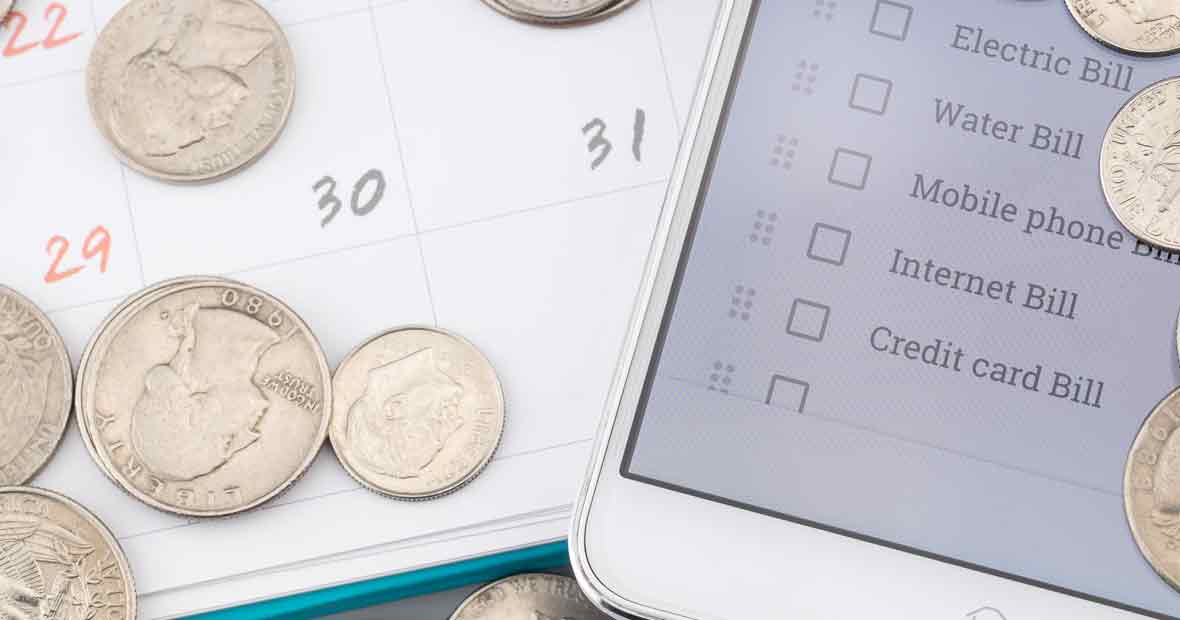
In the modern age, money management has become synonymous with peace of mind. The financial landscape has evolved, bringing in various tools and methodologies to aid individuals in their financial journey. One such boon in this progression is the system of recurring payments. In this article, we delve deep into the world of budgeting, unravel the mysteries behind recurring payments, and present insights on harnessing this tool effectively.
The Age-old Challenge of Budgeting
Budgeting, an essential financial practice, has been a cornerstone of wealth-building and financial planning for eons. However, mastering it is not always a straightforward task.
Financial Friction Points
These refer to those moments of tension when managing money, often arising from unexpected expenses, overspending, or just the sheer unpredictability of life. The friction points become challenges when they disrupt our financial equilibrium, forcing us to rethink, reallocate, or even reevaluate our financial choices.
Psychology of Money Management
Humans, by nature, are emotional beings. These emotions often dictate our spending patterns and financial behaviors. Impulse purchases, the ‘treat yourself’ culture, or the stress linked to mounting bills – these all stem from our psychological responses to money.
From Chaos to Clarity
Despite these challenges, a well-structured budgeting plan can transition one from financial chaos to clarity. It’s about proactive management, consistency, and leveraging the right tools and strategies.
Demystifying Recurring Payments
At the heart of many modern budgeting tools lies the concept of innovative payment. As a financial instrument, it streamlines expenses and inculcates a discipline in money management.
The Mechanics of Recurring Payments
Recurring payments are pre-authorized transactions where money is automatically transferred from one account to another at regular intervals. This can be for bill payments, savings, or investments.
Types and Tiers: Customizing Recurrence
Recurring payments are not a one-size-fits-all model. They come in various forms like weekly, monthly, or annually. Moreover, one can customize the amount, the beneficiary, and even the end date, granting immense flexibility.
Transforming Finances with Recurring Payments
While understanding recurring payments is pivotal, the true essence lies in its application. When leveraged appropriately, it can revolutionize one’s financial landscape.
Proactivity Over Reactivity
Setting up recurring payments encourages proactive financial behavior. Instead of reacting to bills or reminders, one’s finances are automatically streamlined, eliminating delays and penalties.
Eliminating Guesswork
Recurring payments introduce a structured outflow of money, taking the guesswork out of monthly expenses. With fixed amounts dedicated to specific purposes, managing the rest becomes more manageable.
The Peace of Timely Payments
Being punctual with financial obligations, be it bills, loans, or investments, fosters trust and creditworthiness. Recurring payments ensure this timeliness, enhancing one’s financial reputation.
Implementing Recurring Payments in Your Financial Strategy
Like any financial tool, the efficacy of recurring payments lies in its strategic implementation. Here’s a roadmap to integrate it seamlessly into your budgeting plans.
A User-friendly Guide to Starting
Begin with a list of fixed monthly expenses. Then, allocate funds and set up recurring payments for these. Ensure that the dates chosen for these payments align with your income cycle.
Monitoring and Tweaking
While recurring payments run automatically, monitoring them is crucial. Review periodically, adjust amounts when necessary, and ensure that they serve your financial goals.
The Long Game: Future-proofing Finances
Think of recurring payments as an ally for long-term financial plans. Whether saving for retirement, investments, or building an emergency fund, automate contributions using this tool.
Pitfalls, Precautions, and Best Practices
While recurring payments offer numerous benefits, it’s crucial to be aware of potential pitfalls and arm oneself with best practices.
Staying Alert: Potential Downsides
Automatic debits mean there’s a risk of overlooking discrepancies or fraudulent activities. It’s crucial to regularly check statements and be aware of every transaction.
Ensuring Optimal Security
Always set up recurring payments through secure platforms. Use strong, unique passwords and enable multi-factor authentication where possible.
Mastering the Art: Expert Tips
Lastly, engage with financial advisors or leverage online resources to optimize recurring payments. Remember, it’s not just about automating finances, but doing so smartly.